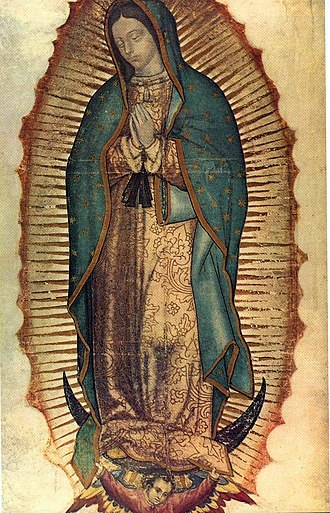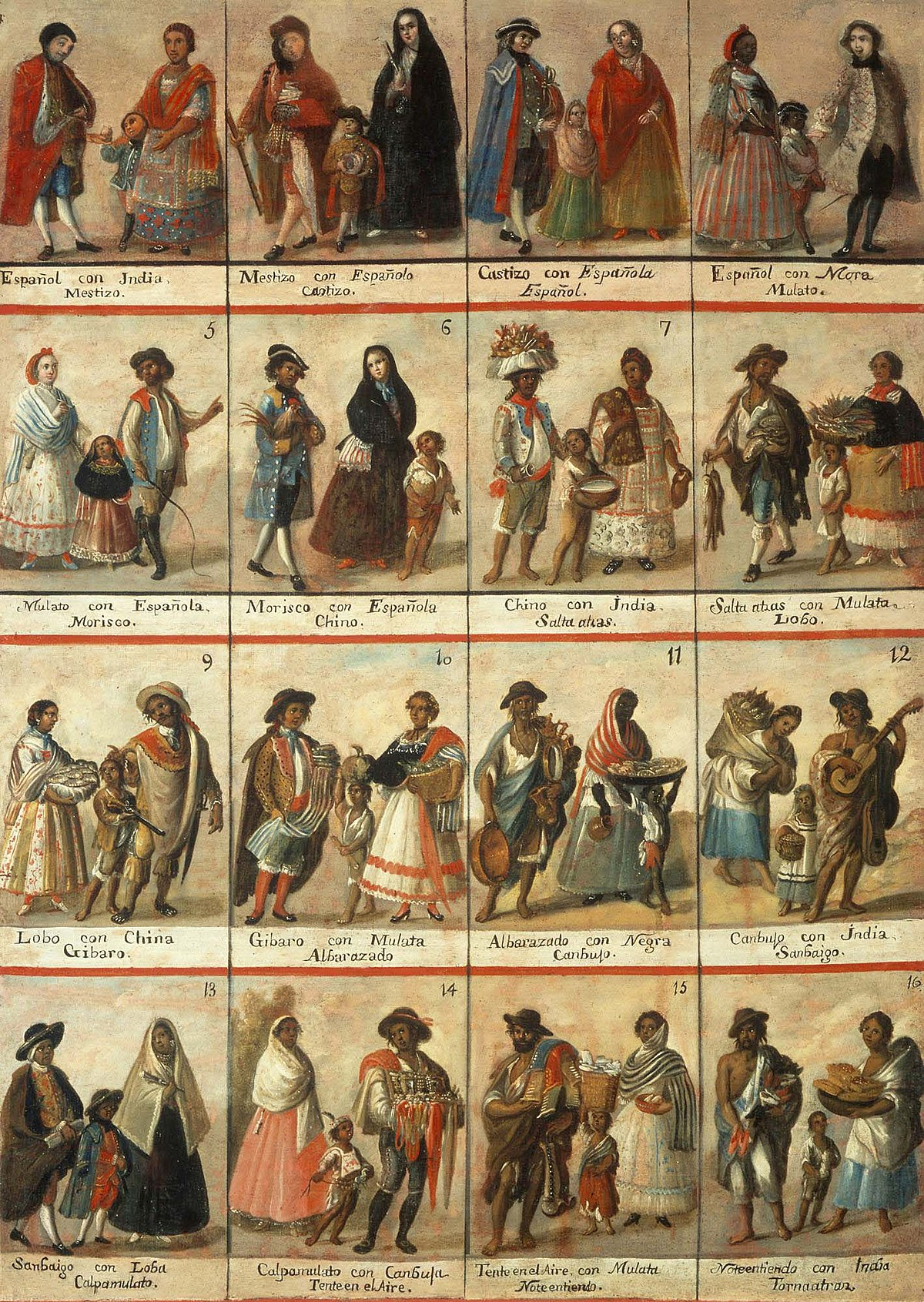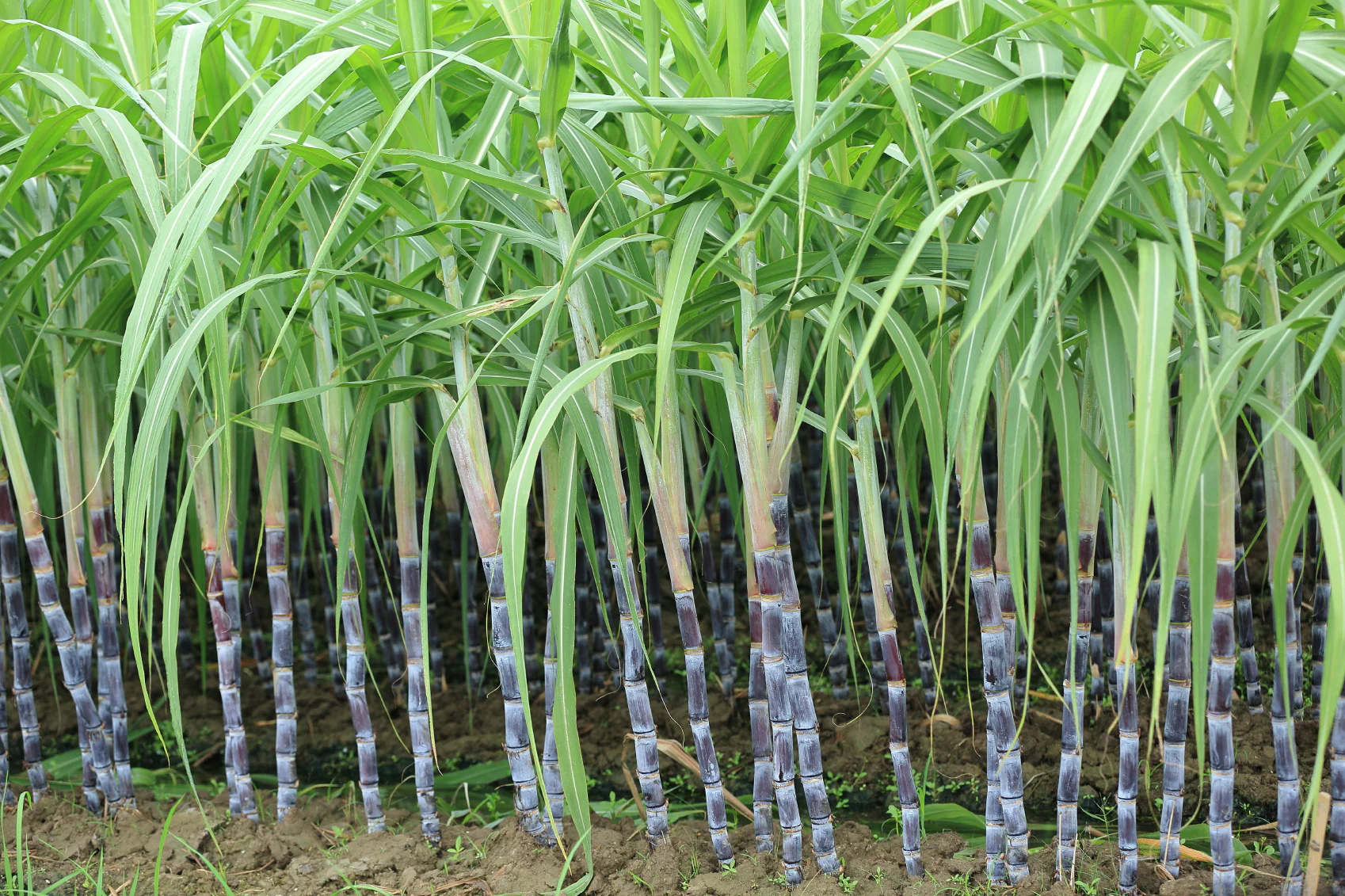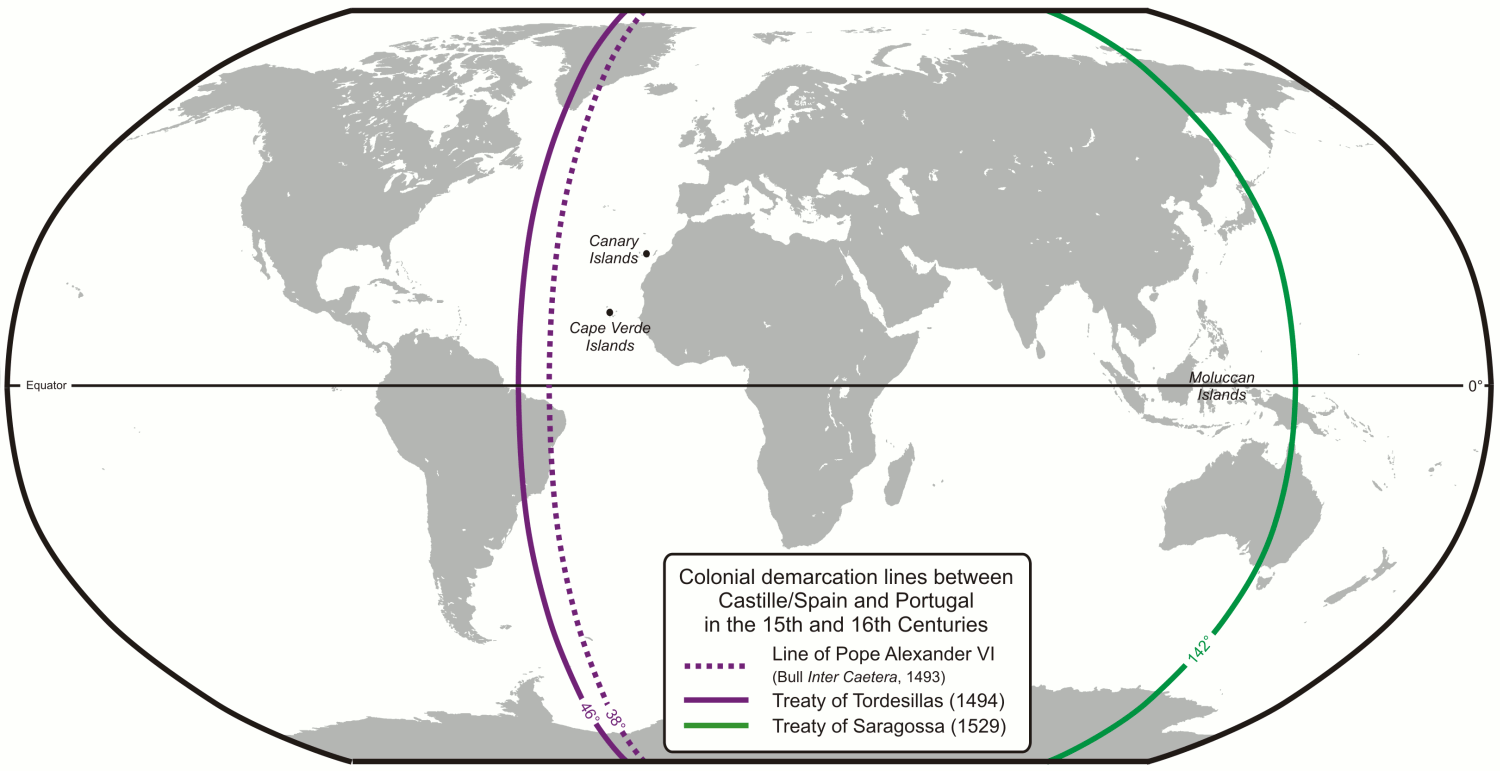European Empires & Colonies in the Americas
1/27
Earn XP
Description and Tags
chicken jockey 🔥
Name | Mastery | Learn | Test | Matching | Spaced |
|---|
No study sessions yet.
28 Terms
Missionaries
Europeans sent to promote Christianity and convert indigenous populations in the Americas. (also in the East Indies)
The General Crisis
A period of widespread conflict and disorder in 17th - 18th century Europe, which included wars, an overall population decline, climate change, and economic instability.
Mercantilism
An economic system that focused on increasing exports and international trade to gain bullion (gold and silver) and enhance their national power, practiced by the European colonizing powers in the 16th - 18th centuries, indirectly promoting competition.
Mestizo
A person of mixed European (Spanish) and indigenous American ancestry.
Plantation colonies
European colonies in the Americas (usually North America, the Caribbean, and Brazil) that focused on large-scale agricultural production of cash crops like sugarcane using enslaved labor.
Examples:
- Brazilian (Portuguese) sugarcane plantations
- British North American tobacco, indigo, cotton, and rice plantations

Hernan Cortes
A Spanish conquistador that destroyed the Aztec Empire and established his own (renamed Tenochtitlán to Mexico City and governed Mexico from 1521 - 1524) while starting the use of coerced labor in the Americas through the encomienda system.

Our Lady of Guadalupe
A Catholic version of the Virgin Mary in the Americas, especially venerated by the creoles (also spelt criollos).
Encomienda
A labor system in Latin America where Indigenous peoples were forced to work under the Spanish, granted by the Spanish Crown.

Casta painting
Paintings done by the Spanish that showed the racial and social hierarchy at the time in the Americas, known as the Casta. (caste) Although there are many small categories, the order was typically:
Peninsulares
Creoles
Mestizos
Mulattoes
Indigenous peoples
African peoples
Differences in Latin and North American slavery
Latin America:
- (excluding Brazil and the Caribbean) Use of Native Americans for coerced labor
- Encomienda, hacienda, and mita (miita) systems
- Natives were paid, although with very low wages
- Developed a complex social hierarchy with mixed racesNorth America:
- Use of imported Africans for slavery (differed from the Portuguese in the sense that they did not have to keep re-importing slaves)
- Plantation system
- Slaves were never paid and were forced to stay
- Developed a rigid social hierarchy
Smallpox
A disease that the Europeans (& Africans, but to a smaller extent) had developed relative immunity to that devastated Native Americans and killed off a majority of them.
Columbian Exchange
The transfer, whether intentional or not, of goods, diseases, peoples, items, ideas, etc., between Afro-Eurasia and the Americas.
The Columbian Exchange is NOT the Triangular Trade Route; do not interchange the two.

Hacienda
Another labor system in Latin America that derived from the encomienda system, with the main differences being the employment of Indigenous peoples (low wages) and the use of ranches rather than large estates/plantations.
Differences between Native and Spanish gender roles
Natives:
- Egalitarian, with relatively equal contributions between both genders.
- EX: Women were able to pass down property from mother to daughter.Spanish:
- Patriarchy (men as workers and figures of authority, while women worked in the home)
- Both men and women shared the same racial superiority to the Natives.
- Revered as “bearers of civilization” and were considered essential for the transfer of power to future generations.
- Still considered “weak” by men and needed male protection
Measles
Another disease that Natives had no prior immunity to, killing large portions of their populations.

Horses
Introduced to the Americas by Europeans, used by Indigenous peoples almost immediately, with many becoming skilled horsemen. (most notably, the Natives in the Great Plains)
Creoles
Pure Spanish people born in the Americas, considered inferior to peninsulares. Alternatively spelt criollos.

Sugar cane
An important cash crop in the Caribbean and Brazil that was produced on large plantations using African slave labor. Sugar cane was valued because it was used as medicine, a spice, a sweetener, a preservative, and decoration (sugar sculpting).
Engenho
A Portuguese sugar cane mill where African slaves often worked under horrendous conditions.
Settler colonies
American colonies established by Europeans which usually all saw coerced labor and agriculture as a major driver of the economy.
EX: The Spanish in Mexico & Peru
Portuguese in Brazil
British in North America
Spanish, British, French, & Dutch in the Caribbean
Little Ice Age
A period of global cooling in the Northern Hemisphere ranging from the 13th to 19th centuries, causing an immense decrease in agricultural production, resulting in a large population decline and a labor shortage in the Americas.

Potatoes
A crop, introduced by Native Americans to European colonizers, that was well known for being able to grow virtually anywhere without spoiling and being calorie-dense.
Peninsulares
Spanish people born in the Iberian Peninsula (hence the name, peninsulares) who were considered superior to creoles.
Mulattoes
The racial classification of European and African mixed individuals. (much less accepted than mestizos)
Mita
A Peruvian system of coerced labor, originating in the Inca Empire that was later adopted by the Spanish, who used it on the Natives. It was considered a type of public service, kind of like a tax mandated by the government.
Treaty of Tordesillas
A treaty signed in 1494 that divided the world between the Portuguese and Spanish (then known as the Castile) empires. The Portuguese received the Eastern section (remember that Brazil is Portuguese), while the Spanish received the West (Mexico, Peru, etc, all are Spanish). The meridian was commonly considered to be around the 46° W longitude line, about 370 miles west of the Cape Verde islands.

Santería
A syncretic religion originating from the Yoruba faith in West Africa, combining with Catholicism from European colonizers and Indigenous (Taíno) beliefs within the Caribbean.
(anything past here is almost definitely not required to know, but i’m including it if you want to)
Santería is based on building personal relationships between oneself and orishas, deities originating from Yoruba. These orishas give protection, wisdom, and success to believers, along with guiding them in times of need. Believers are able to build these relationships through sacrifice, divination, and through a medium, something that creates a bridge between orishas and humans to communicate. Specifically, a babalawo, or priest, may be able to interpret responses of orishas, who might then “prescribe” some degree of sacrifice. Contrary to most sacrifices in occult religions, these “sacrifices” are usually presentations or meals dedicated to orishas. Then, a specific orisha will select the believer as its medium, where symbols of the orisha will be placed on the believer’s head. At bembés, or drum dances, the believer/medium, now called the olorisha, will lose their current consciousness and inherit the consciousness of the orisha, who is then able to directly interact with others.
Taki Onqoy
A movement started by Indigenous peoples in Peru that resisted Spanish colonialism and Catholic missionaries through an increase in religious activity, such as in rituals or dances. Religious leaders believed that this invocation of traditional practices would cleanse the spiritual damages caused by the Spanish, however, the latter eventually brutally repressed the movement, ending Incan rule of Peru.